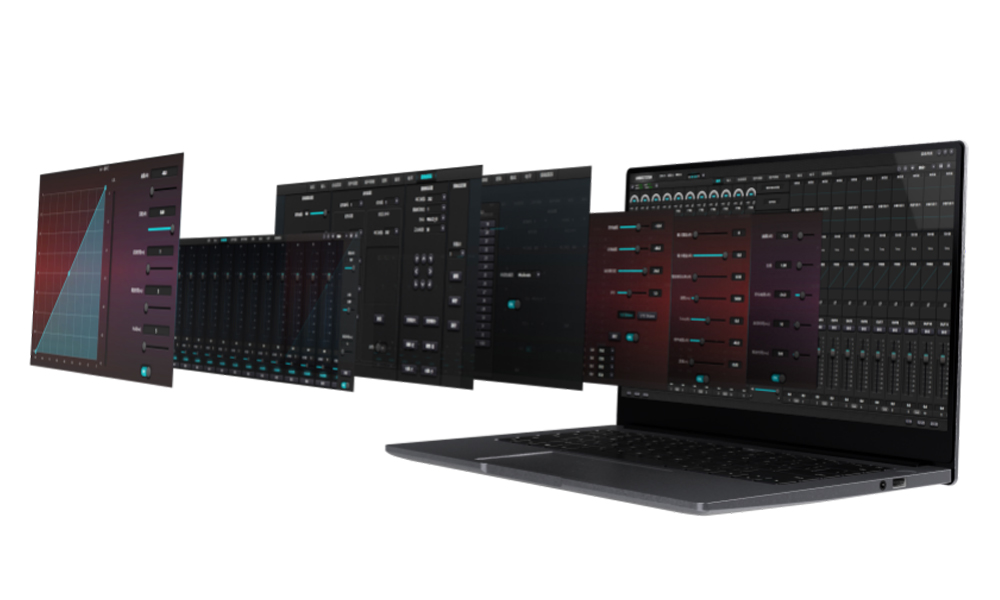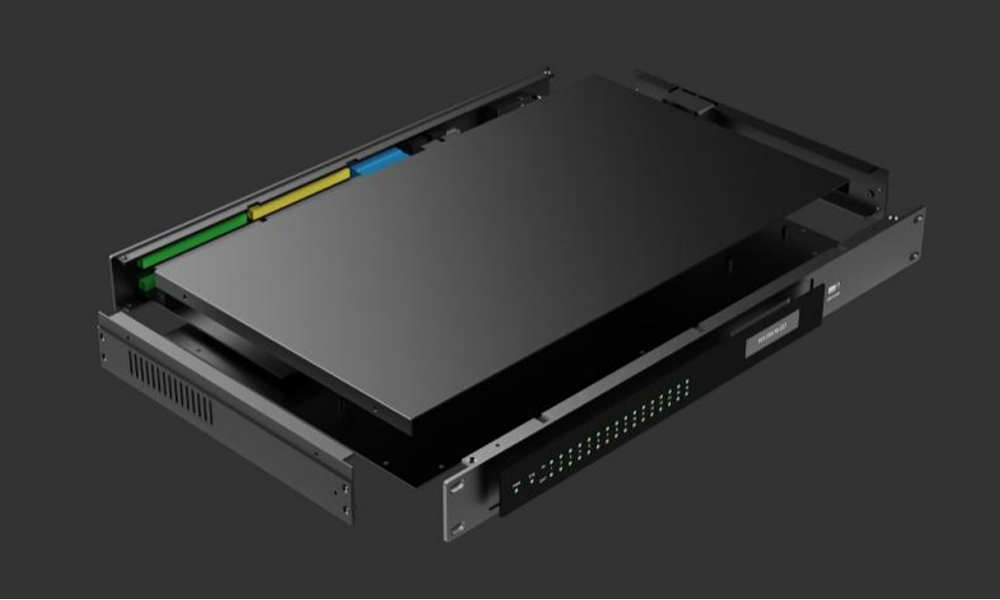Leveraging our outstanding R&D capabilities and technological advantages, we are dedicated to providing high-quality, tailored solutions for our clients. The company offers over 100 DSP resources, which can be flexibly configured to meet the requirements of various application scenarios. Additionally, we provide professional ID/UI design customization services to ensure that products align precisely with the client's brand positioning and market needs in terms of functionality, user experience, and aesthetics. Moreover, we support OEM/ODM collaboration models, allowing us to develop and manufacture products based on specific customer requirements, ensuring that every detail perfectly matches their personalized demands. Whether it’s product performance, design aesthetics, or manufacturing processes, we adhere to high standards and efficiency to respond to the evolving needs of clients and the market, offering the most competitive customized solutions.


Project management provides comprehensive resource and management support for project implementation. In the ODM customization process, the client provides initial requirement research, and both parties work together to analyze and confirm the requirements, ultimately signing the "User Requirement Specification." Based on this, we develop the "User Requirement Specification Document" at the R&D level and assign the corresponding design tasks. Each subsequent phase is handled by our team to ensure that every step meets the expected goals. In the testing phase, both parties participate together to ensure the final product's quality and performance. Through this collaborative process, we efficiently meet the client's customization needs, ensuring that the project is completed on time and to the desired quality, while maximizing alignment with the client's personalized needs and market positioning.
Project Engineering Activities: | Project Management Activities: |
Requirement Research: Requirement Analysis and Confirmation: Conceptual Design: Detailed Design: Testing: Pilot Production and Delivery: | Project Initiation: Project Planning: Requirement Management: Risk Management: Project Tracking: Project Closure: |